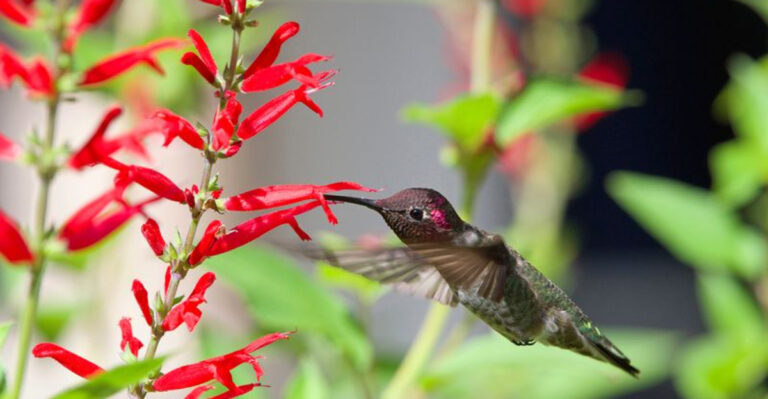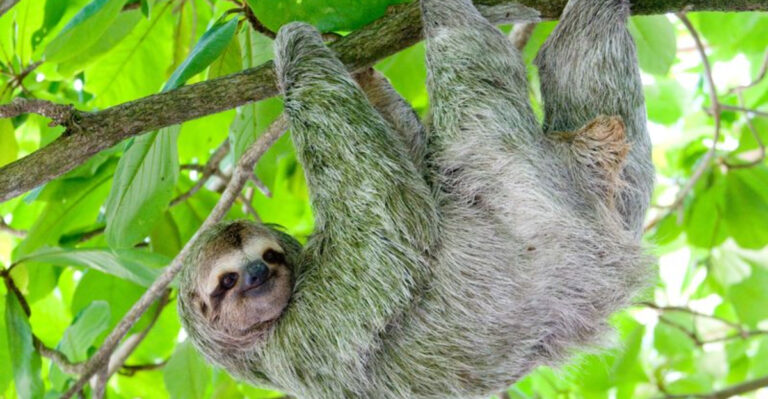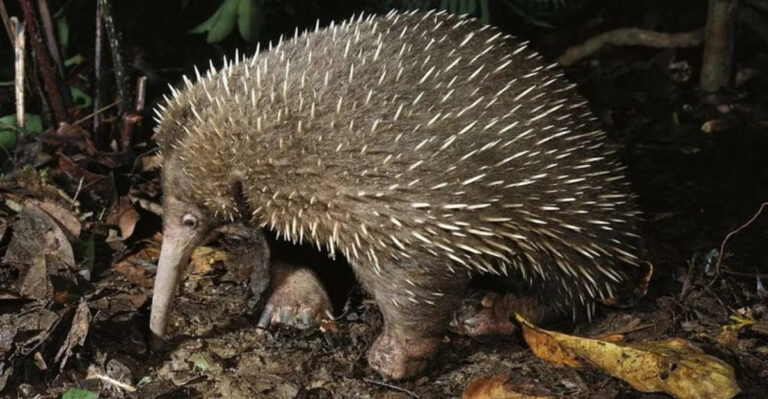8 Shocking Truths About The Endangered Kakapo, The World’s Strangest Parrot
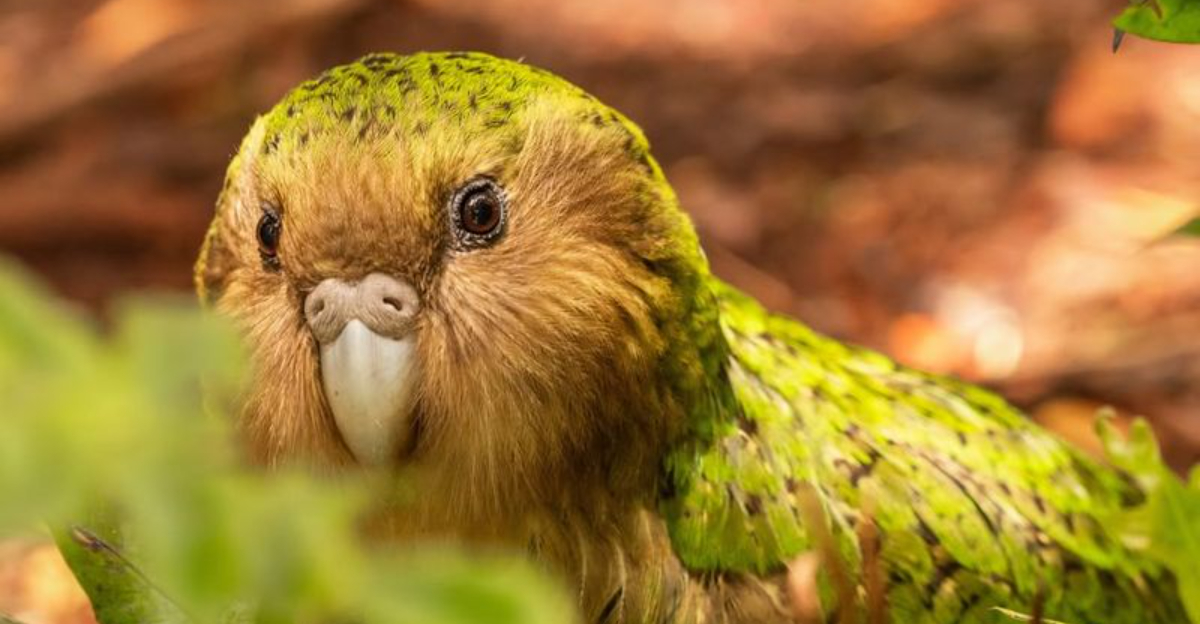
Discover the intriguing and unusual facts about the Kakapo, a parrot species like no other. From its flightless nature to its night-time activities, the Kakapo is a marvel of the natural world.
This critically endangered bird, native to New Zealand, faces many challenges as it navigates survival in a world filled with dangers. Conservationists are working tirelessly to ensure its future. Let’s explore the amazing truths of the Kakapo’s existence.
1. Flightless Bird
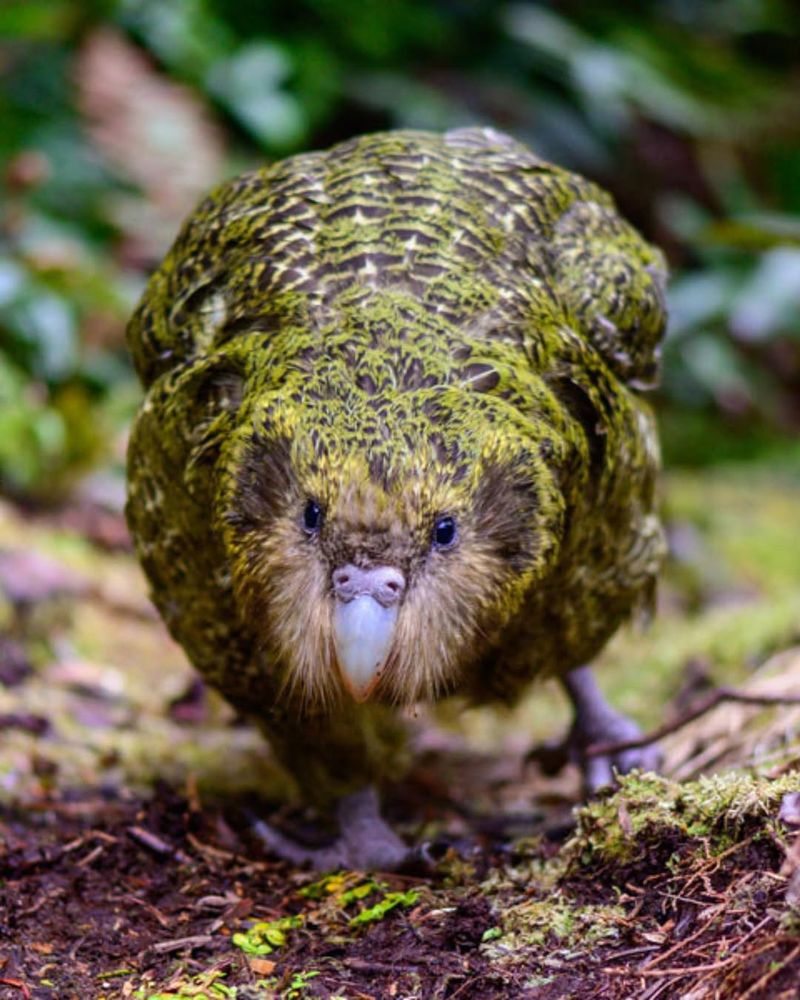
The Kakapo is a unique creature in the avian world, being the only parrot that cannot take to the skies. Instead, this remarkable bird relies on its robust legs to navigate its habitat. Imagine the Kakapo using its powerful limbs to climb trees or hop across the forest floor with surprising agility. This adaptation allows it to access food and shelter in an unusual yet effective manner. Unlike its flying cousins, the Kakapo’s wings are adapted for balance and support rather than flight.
Observing this bird in action provides a glimpse into an evolutionary path not commonly seen among parrots. The Kakapo’s ability to adapt to its flightless condition highlights nature’s creativity in overcoming obstacles. Though it lacks the typical freedom of the skies, the Kakapo thrives in its environment by mastering the art of terrestrial movement. This flightless existence is not just a quirky trait but a testament to the bird’s resilience and adaptability in a challenging ecosystem.
2. Nocturnal
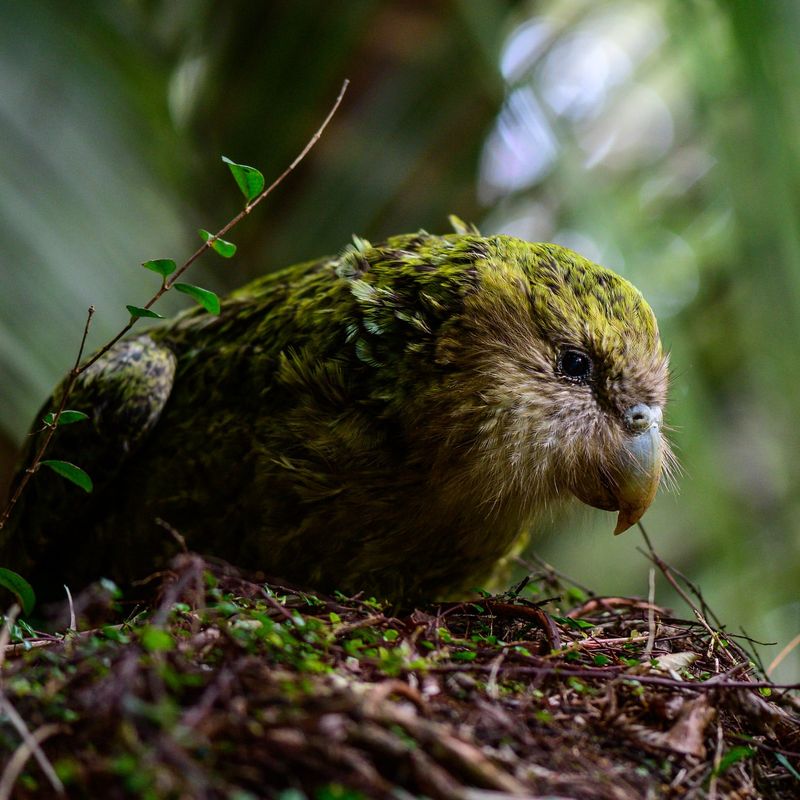
In the world of parrots, the Kakapo stands out as a night owl. While most parrots are diurnal, the Kakapo chooses to roam under the cover of darkness. Its nocturnal habits are supported by an extraordinary sense of smell, an essential trait for navigating the forest at night. This adaptation helps the Kakapo detect predators and find food sources that might otherwise remain hidden.
During the night, the Kakapo becomes a silent wanderer, its movements barely detectable. The moonlit hours provide a cloak of safety, allowing it to move freely in search of sustenance. This nocturnal lifestyle is a fascinating divergence from typical parrot behavior, showcasing the bird’s unique survival strategies.
The Kakapo’s night-time adventures are not only a survival technique but also a reminder of the diverse lifestyles in the animal kingdom. Its quiet and solitary nocturnal existence offers insights into the adaptability and resilience required to thrive in the wild.
3. Extremely Rare
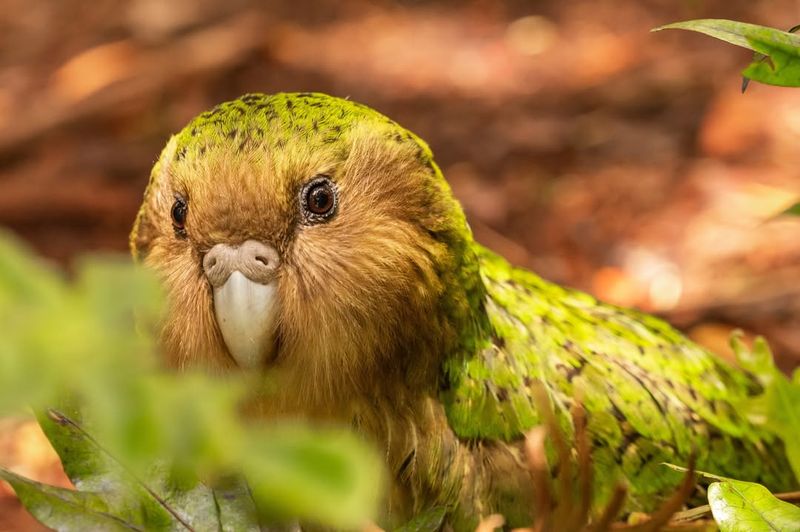
The Kakapo is a true rarity in the avian world, with only about 200 individuals remaining. Its critically endangered status makes it one of the rarest birds on the planet. This scarcity is a sobering reminder of the challenges faced by this remarkable species. Conservationists and researchers are constantly working to protect and increase the Kakapo population.
Every Kakapo is precious, representing not only a unique genetic lineage but also a piece of New Zealand’s natural heritage. The rarity of this bird emphasizes the urgent necessity for conservation efforts. By understanding the Kakapo’s plight, we gain insight into the broader challenges facing biodiversity and the importance of preserving our planet’s myriad species.
The Kakapo’s limited numbers also highlight the fragility of ecosystems and the impact of human activity on wildlife. This bird’s story is not just about survival but about hope and the possibility of recovery with dedicated conservation efforts.
4. Intense Conservation Efforts
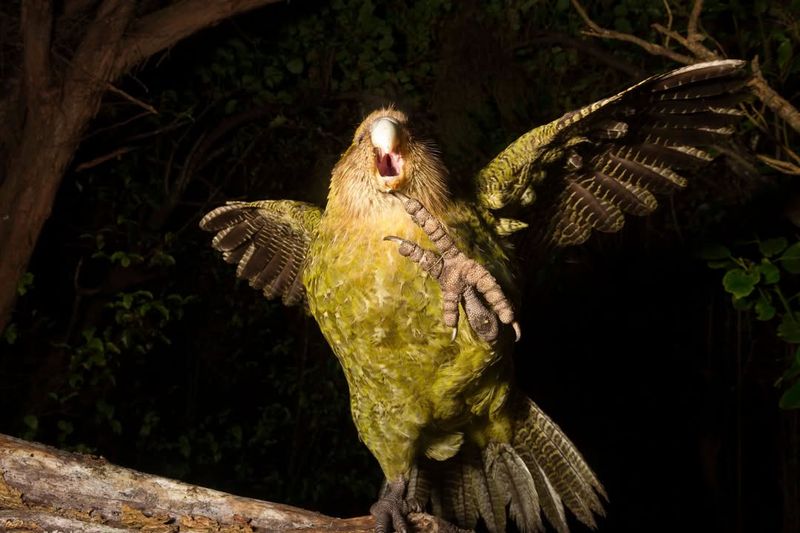
The survival of the Kakapo is a testament to the dedication of conservationists around the world. With the entire Kakapo population under constant surveillance, efforts to protect these birds are intense and multifaceted. Scientists use advanced technology, including tracking devices and monitoring tools, to keep an eye on the Kakapos’ health and safety.
Each Kakapo is part of a carefully managed program designed to boost the population and ensure the species’ long-term survival. These efforts include breeding programs, habitat restoration, and predator control. The commitment to the Kakapo’s survival is a shining example of human intervention playing a positive role in conservation.
The work being done to protect the Kakapo serves as a model for other conservation initiatives globally. By safeguarding this bird, we learn valuable lessons about preserving endangered species and the ecosystems they inhabit. The Kakapo’s story is a hopeful reminder of what is possible when passion and science come together to protect our natural world.
5. Ground Dweller
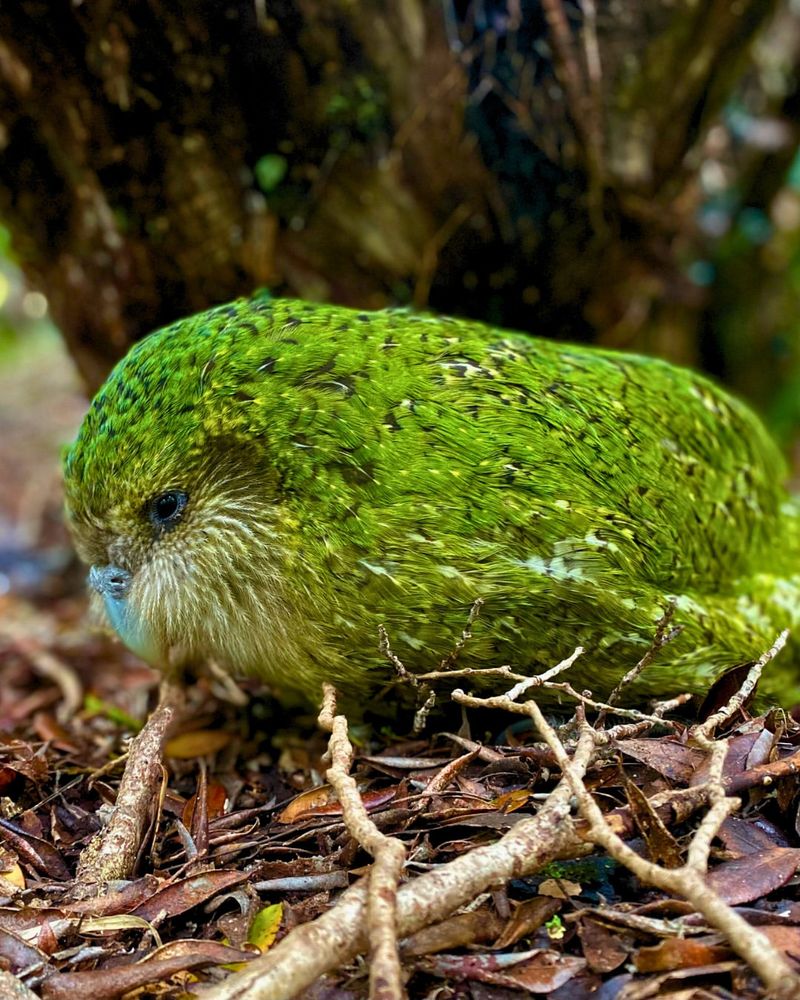
Unlike many of its feathered relatives, the Kakapo prefers to stay grounded. This ground-dwelling lifestyle poses significant risks, as it makes the bird more susceptible to predators. However, the Kakapo’s adaptation to life on the ground is a fascinating example of evolution in action.
Its preference for ground living influences its behavior and interactions within its habitat. The Kakapo’s camouflage helps it blend into the forest floor, offering some protection from predators. This unique lifestyle requires the bird to be highly aware of its surroundings, constantly on the lookout for threats.
Despite the dangers, the Kakapo’s ground-dwelling existence allows it to exploit food sources that other birds might miss. By living primarily on the forest floor, the Kakapo demonstrates the diversity of survival strategies within the avian world. This lifestyle, while risky, highlights the bird’s adaptability and the delicate balance of nature.
6. Long Lifespan
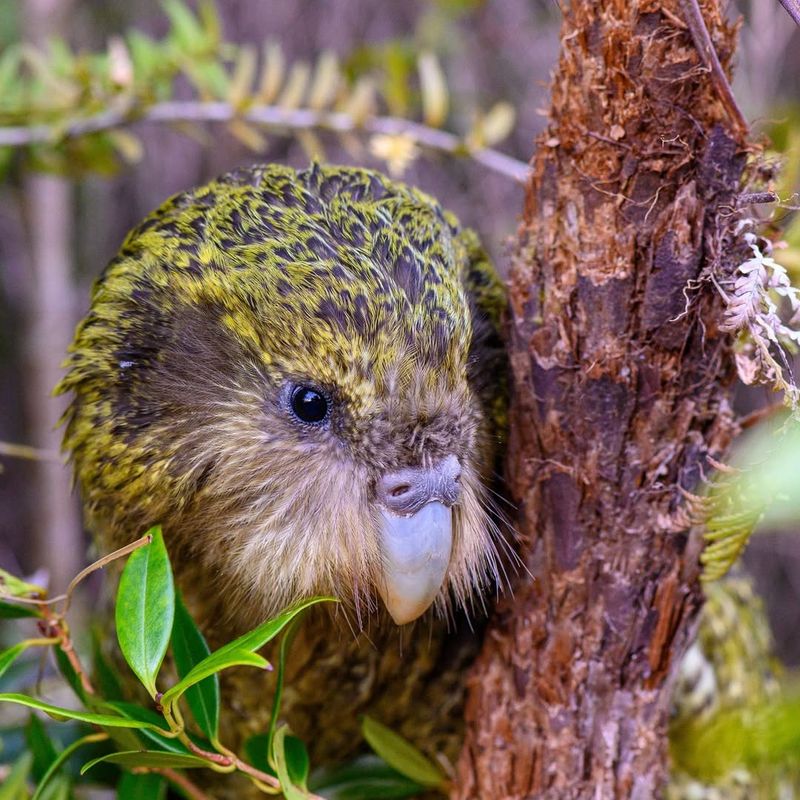
The Kakapo is remarkable not only for its behavior but also for its longevity. With a lifespan that can reach up to 90 years, this parrot lives longer than many other birds of similar size. This extended life expectancy is a rare trait in the avian world, providing the Kakapo with ample time to contribute to its population.
Living such a long life allows the Kakapo to experience multiple breeding seasons, increasing its chances of producing offspring. This longevity is a vital factor in conservation efforts, as it gives each individual more opportunities to pass on its genes.
The Kakapo’s long lifespan is a symbol of resilience and endurance, traits necessary for surviving in today’s challenging environment. This bird’s ability to live for decades offers hope for its continued survival and a reminder of the importance of protecting such unique species.
7. Unique Mating System
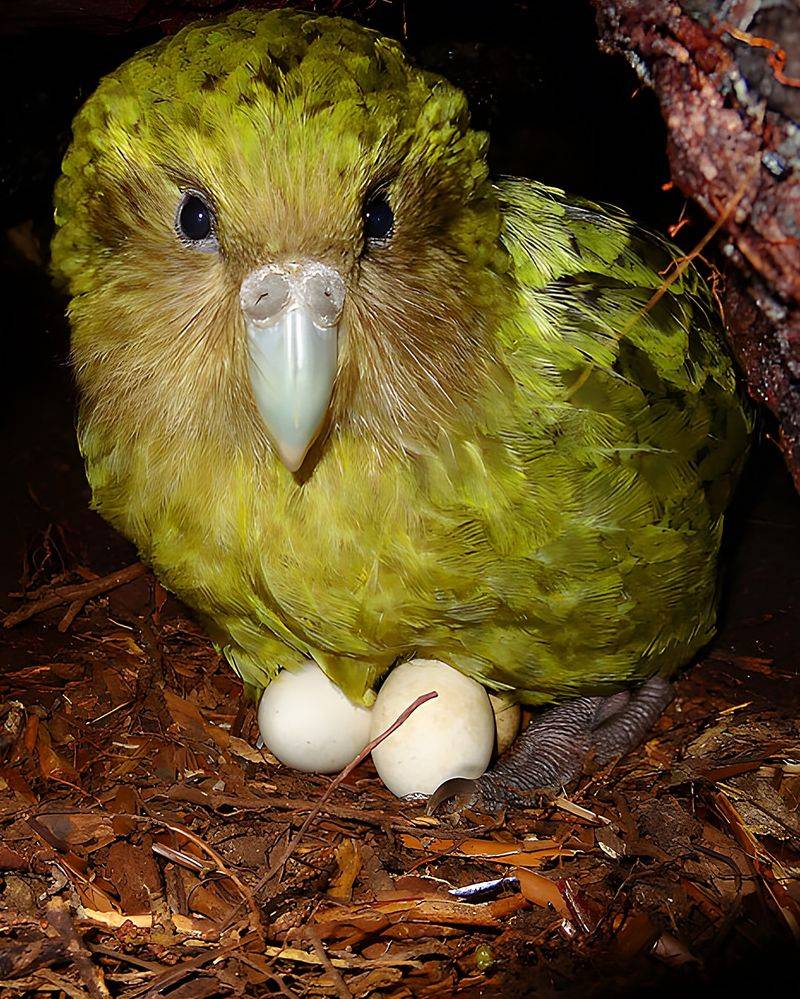
The Kakapo’s approach to reproduction is as unique as the bird itself. It employs a lekking system, where males congregate in specific areas to compete for female attention. During this display, males emit deep, resonant calls that can be heard over long distances. This auditory spectacle is a crucial part of the Kakapo’s mating ritual.
The lekking system allows females to select mates based on their displays, ensuring that only the fittest males contribute to the next generation. This selection process plays a vital role in maintaining the genetic health of the Kakapo population.
Understanding the Kakapo’s unique mating system provides insight into the diverse reproductive strategies in the animal kingdom. It highlights the creativity of nature in overcoming the challenges of survival and reproduction. The Kakapo’s lekking behavior is a fascinating window into the complex social dynamics of this extraordinary bird.
8. Endangered By Introduced Species
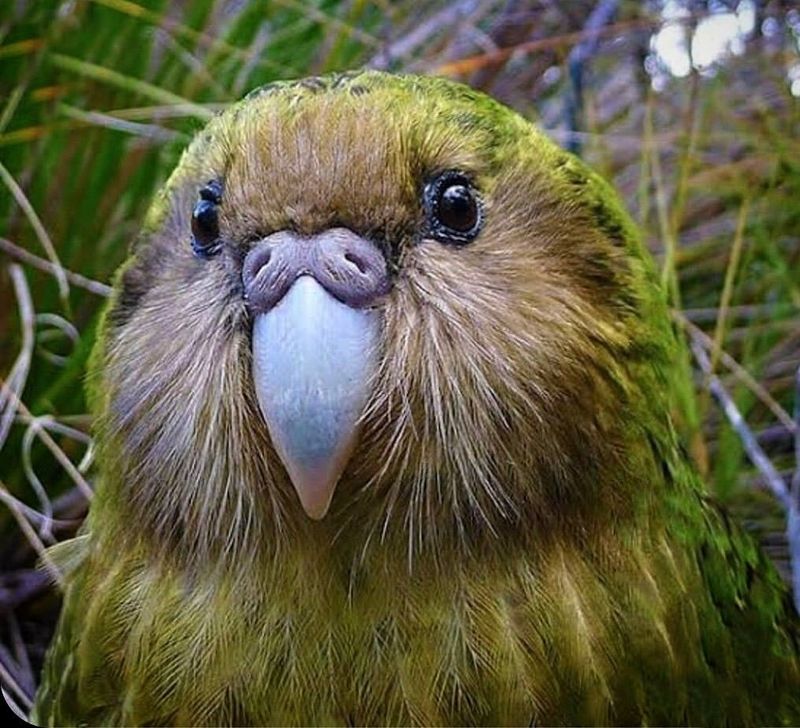
The Kakapo’s survival is severely threatened by introduced species such as rats, stoats, and cats. These predators, brought to New Zealand by humans, have had a devastating impact on the Kakapo population. With no natural defenses against these invaders, the Kakapo faces a constant battle for survival.
Conservation efforts focus on controlling these invasive species to create a safer environment for the Kakapos. This includes predator-free sanctuaries and extensive monitoring to ensure that the birds remain protected. The impact of these predators serves as a poignant reminder of the delicate balance within ecosystems and the consequences of human actions.
The struggle against introduced species highlights the importance of maintaining biodiversity and the need for careful management of natural habitats. By understanding the threats faced by the Kakapo, we gain valuable insights into the challenges of conservation and the steps needed to protect endangered species worldwide.

